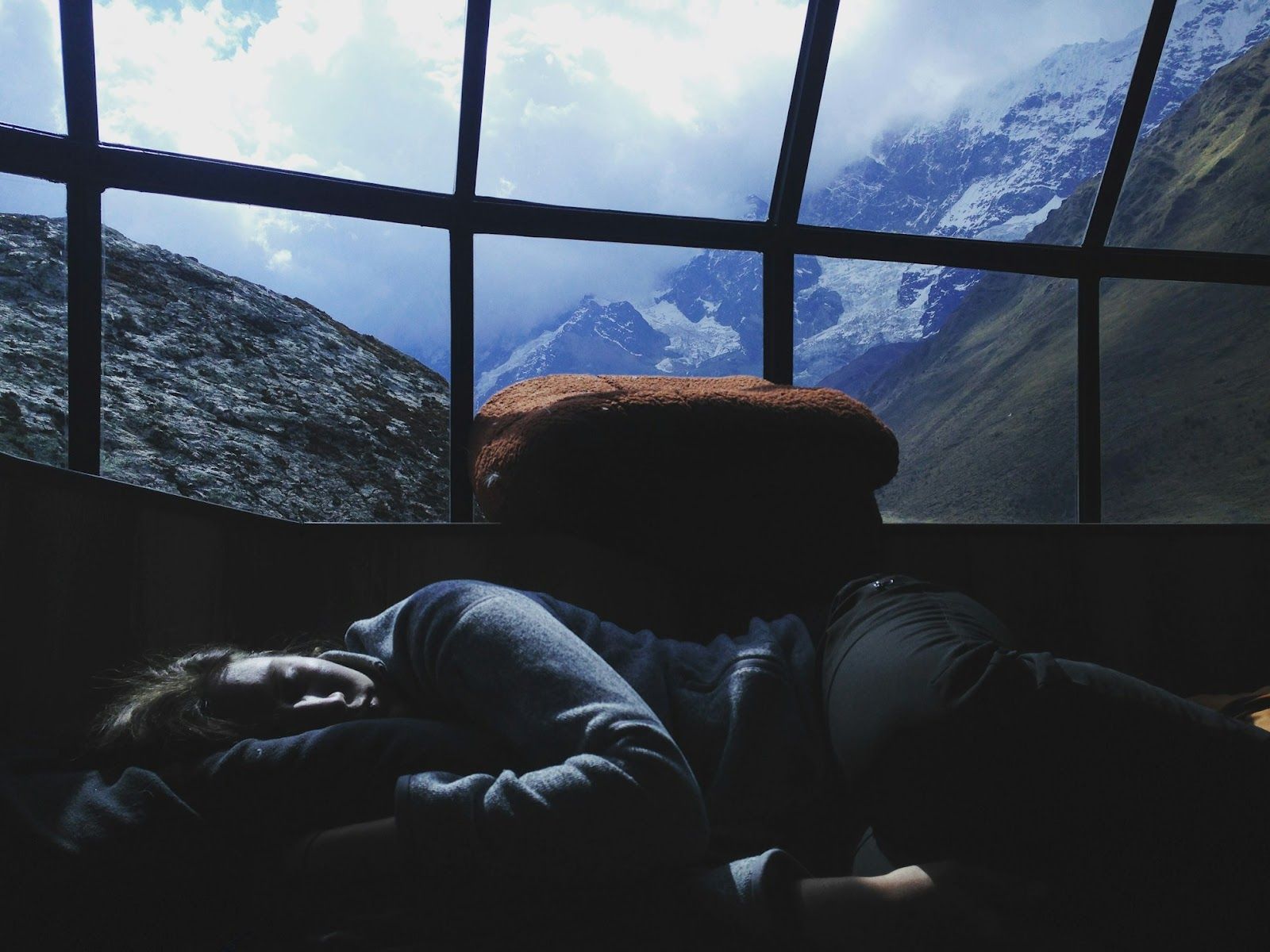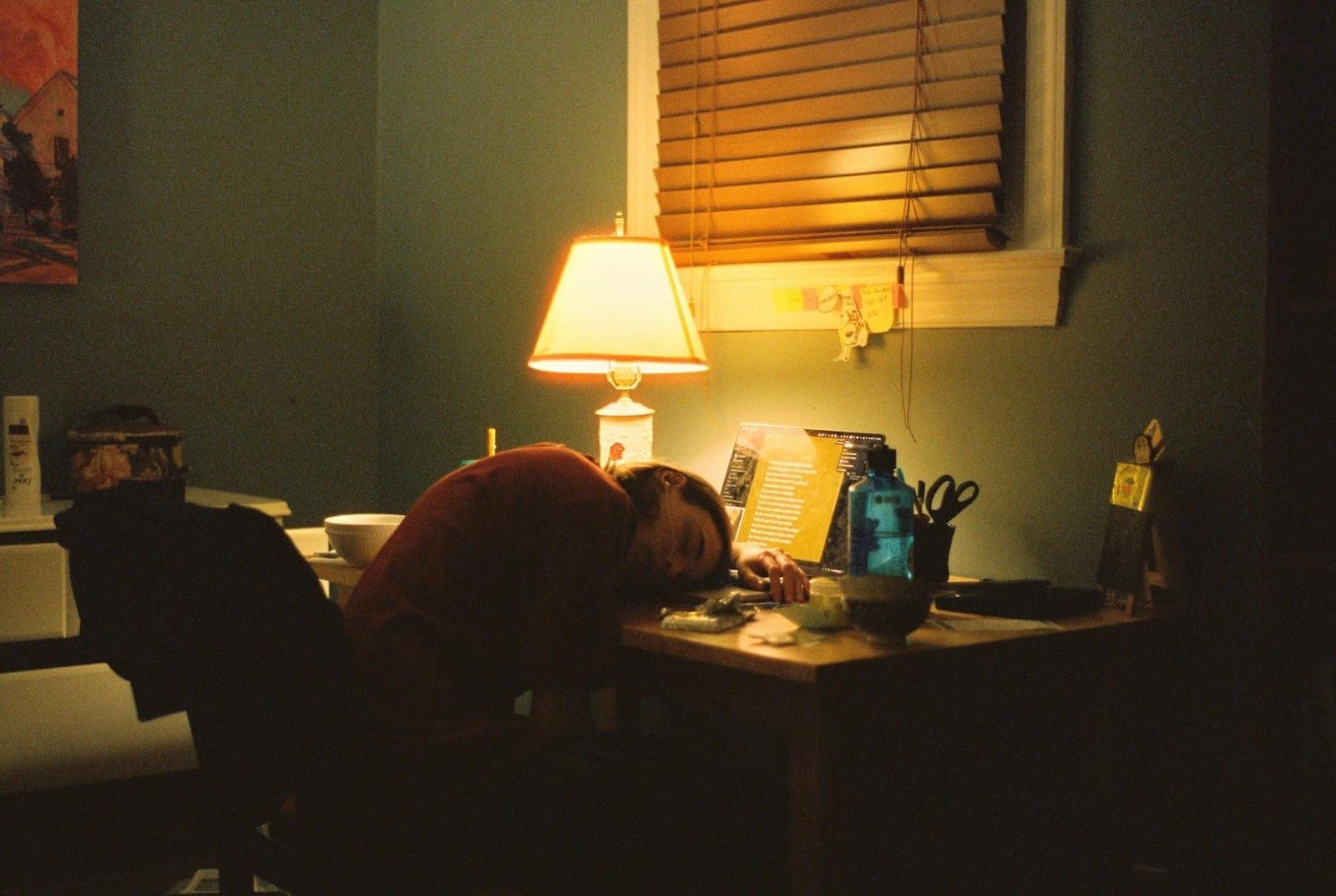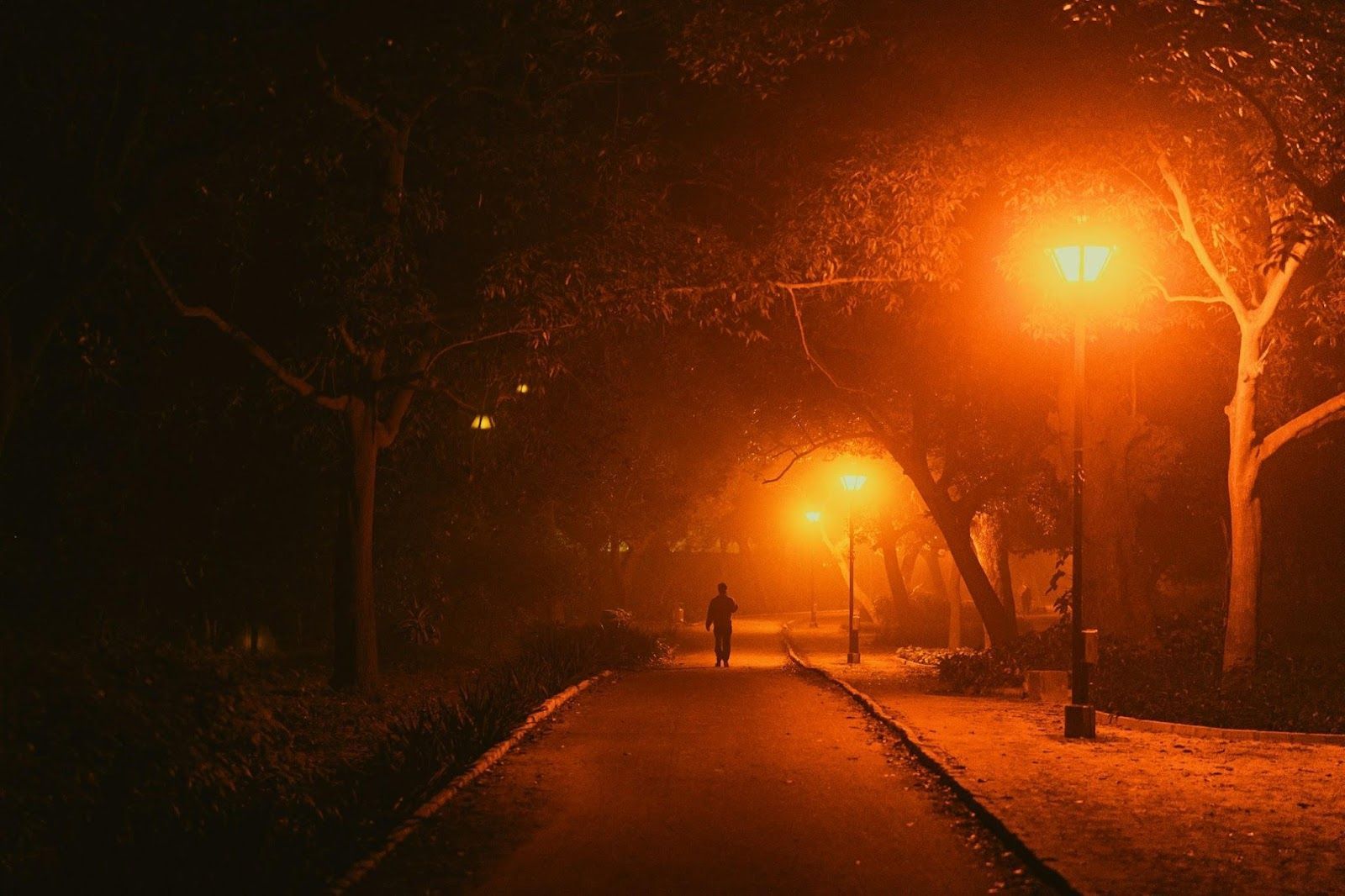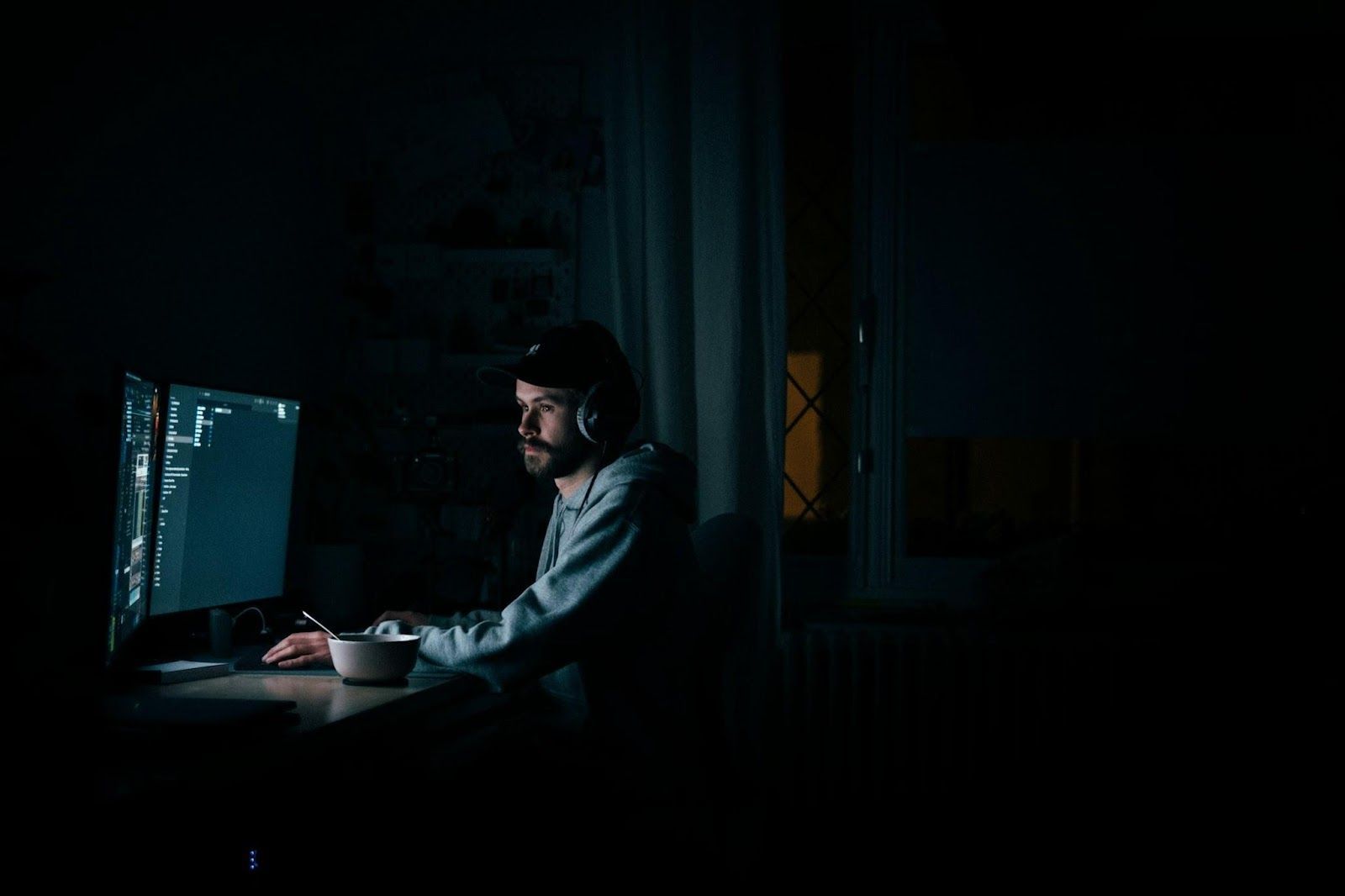Follow your dreams
Sleep could kill you faster than hunger — and other wild and dreamy facts
Published on July 13, 2025
 Credit: Javardh
Credit: Javardh
We do it every night, yet sleep is still one of the most mysterious parts of human life. But thanks to science, we have uncovered some of the strangest truths about what happens when we close our eyes, from sleepwalking to lucid dreaming. Here are 12 weird and wild facts about sleep and dreams, backed by real research.
The brain is active while you sleep
 Credit: Maeghan Smulders
Credit: Maeghan Smulders
Brain scans show that the brain remains active during sleep, especially during REM cycles. It continues to organize memories, regulate emotions, and solve problems even when you're unconscious.
You forget 90% of dreams
 Credit: Jr Korpa
Credit: Jr Korpa
Within 5 minutes of waking, about half of a dream is forgotten. After 10 minutes, 90% vanishes. Scientists believe dream recall fades quickly because the brain’s memory-forming regions are less active while dreaming. So, next time you have a crazy dream, write it down!
"Falling" dreams are very common
 Credit: Bruce Christianson
Credit: Bruce Christianson
Dreams about falling often occur in the first stages of sleep and may coincide with muscle spasms called hypnic jerks. This sudden contraction is believed to be a primal reflex—ironically, an evolutionary adaptation meant to prevent falling while asleep.
You only dream about what you know
 Credit: Jorge Flores
Credit: Jorge Flores
Even if you don’t remember them, strangers’ faces in dreams are real faces you’ve seen before. The brain doesn’t invent faces; it pulls from your memory bank, often from fleeting encounters you don’t consciously recall.
Sleep deprivation kills faster than starvation
 Credit: Mykyta Kravčenko
Credit: Mykyta Kravčenko
It might be tempting to pull an all-nighter to meet deadlines, but chronic sleep loss causes severe immune dysfunction and organ failure, making it deadlier than starvation. In lab studies, rats deprived of sleep died in about 3 weeks, while those without food lasted around 4.
Snoring and dreaming are incompatible
 Credit: minh đô
Credit: minh đô
Contrary to popular belief, if you’re snoring, you’re unlikely to be dreaming at that moment. Dreaming typically happens during REM sleep when muscles are relaxed, making loud snoring less common compared to deeper non-REM stages.
Sleepwalking can involve complex activities
 Credit: Dewang Gupta
Credit: Dewang Gupta
Some sleepwalkers can drive, cook, or even play musical instruments while asleep. During sleepwalking episodes, the brain’s motor control areas are active, but consciousness remains switched off.
Blind people have sensory dreams
 Credit: CDC
Credit: CDC
Even those born blind dream, but their dreams are filled with other senses like sound, touch, smell, and emotion. Studies show that blind individuals experience more vivid sensory dreams. Their brain compensates by enhancing non-visual experiences in sleep.
Dreams can be controlled (sort of)
 Credit: Stellar_speck
Credit: Stellar_speck
Lucid dreaming is when you become aware you’re dreaming and can sometimes control the dream. Studies using EEGs show that lucid dreamers activate the prefrontal cortex, the brain’s decision-making area, during sleep.
Sleep paralysis is terrifying but harmless
 Credit: Mehran Biabani
Credit: Mehran Biabani
During sleep paralysis, you’re awake but unable to move or speak—and if that isn’t terrifying enough, it often comes with vivid hallucinations. Despite this, it’s a harmless phenomenon that occurs when the brain wakes during REM sleep while the body remains paralyzed—a safety feature that normally prevents you from acting out dreams.
Night owls may be smarter
 Credit: Jonas Leupe
Credit: Jonas Leupe
Studies have found a correlation between night owl tendencies and higher intelligence scores. However, being a night owl also increases risk for depression, metabolic issues, and heart disease.
Some people dream in real-time
 Credit: Noah Martinez
Credit: Noah Martinez
Most dreams condense time, but certain dreams—especially during lucid dreaming—can unfold in real-time, matching waking perception. A 2021 study confirmed that people can answer questions with facial twitches or eye movements while actively dreaming.










